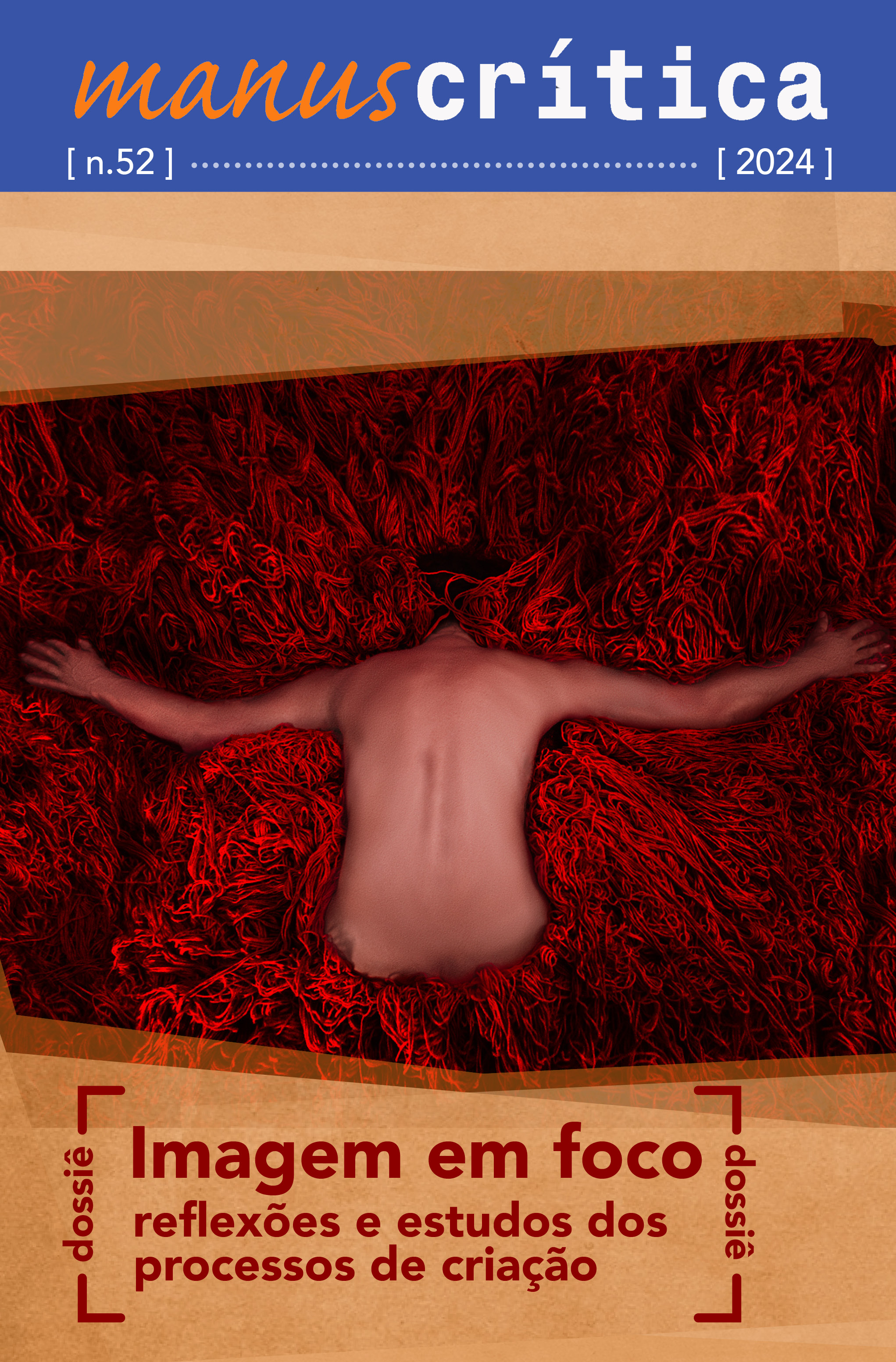Do condicionamento à expressão: investigando as raízes da criação estética na aprendizagem por associação
DOI:
https://doi.org/10.11606/issn.2596-2477.i52p67-83Palavras-chave:
Criatividade, Expressão estética, Aprendizagem, Associação, GestaltResumo
Este artigo explora a interseção entre a aprendizagem por associação e o processo estético de criação. Iniciando com uma breve discussão sobre o associacionismo, são apresentadas as raízes filosóficas que fundamentam a compreensão da mente humana, desde as ideias de Immanuel Kant, David Hume e John Locke até as contribuições de Gustav Theodor Fechner e outros expoentes da psicologia e neurociência contemporâneas. São considerados como são explorados os princípios da Gestalt e do Conexionismo em relação à preferência estética. Assim, discute-se os fundamentos da aprendizagem por associação, destacando como seus processos são moldados pela experiência individual e influências culturais que podem, além disso, afetar o pensamento crítico coletivo, percorrendo diversas abordagens de conhecimento. Conclui-se que tais preferências estéticas são resultado de uma interação complexa entre processos cognitivos, experiências individuais e influências culturais, sendo moldadas tanto pela razão quanto pela emoção ao longo do tempo.
Downloads
Referências
BENJAMIN, R. Assessing risk, automating racism. Science, v. 366, n. 6464, p. 421–422, 2019. DOI: 10.1126/science.aaz3873.
BUCKNER, C.; GARSON, J. Connectionism. The Stanford Encyclopedia of Philosophy. Edward N. Zalta (ed.), 2019. Disponible en: https://plato.stanford.edu/archives/fall2019/entries/connectionism/. Acceso en: 03 abr. 2024.
CAMARGO, P. S.; HELENE, A. F. Treino Imaginativo: a imaginação como estratégia inovadora de aprendizagem de ações motoras. Revista de Neurociências e Comportamento, 2, p. 77-108, 2024. DOI: 10.5281/zenodo.10815639.
COREN, S.; GIRGUS, J. S. Principles of perceptual organization and spatial distortion: the gestalt illusions. Journal of Experimental Psychology: Human Perception and Performance, 6(3), p. 404–412, 1980. DOI: https://doi.org/10.1037/0096-1523.6.3.404.
CUPCHIK, G. C. et al. Viewing artworks: contributions of cognitive control and perceptual facilitation to aesthetic experience. Brain and Cognition, 70(1), p. 8–-91, 2009. DOI: 10.1016/j.bandc.2009.01.003.
DEWEY, J. How we think. Boston: D. C. Health & Company, 1910.
FECHNER, G. T. Some thoughts on the psychophysical representation of memories (1882). Psychological Research, 49(4), p. 209–212, 1987. DOI: 10.1007/BF00309028.
GRAHAM, D. W. “Heraclitus”. In: The Stanford Encyclopedia of Philosophy. Edward N. Zalta & Uri Nodelman (eds.). 2023. Disponible en: <https://plato.stanford.edu/archives/win2023/entries/heraclitus/>. Acceso en: 3 abr. 2024.
LAKOFF, G. The Contemporary Theory of Metaphor. In: ORTONY, A., ed. Metaphor and Thought. 2nd ed. Cambridge: Cambridge University Press, 1992.
LORRAIN, F.; WHITE, H. C. Structural equivalence of individuals in social networks. Journal of Mathematical Sociology, 1(1), p. 49-80, 1971. DOI: http://dx.doi.org/10.1080/0022250X.1971.9989788.
MANDELBAUM, E. Associationist Theories of Thought. In ZALTA, E. N. & NODELMAN, U. (Eds.) The Stanford Encyclopedia of Philosophy (winter). Metaphysics Research Lab, Stanford University, 2022. Disponible en: https://plato.stanford.edu/archives/win2022/entries/associationist-thought/. Acceso en: 28. jun. 2024.
MATAMOROS-FERNÁNDEZ, A. Platformed racism: The mediation and circulation of an Australian race-based controversy on Twitter, Facebook and YouTube. Information, Communication & Society, 20(6), p. 930-946, 2017. DOI:10.1080/1369118X.2017.1293130.
MCMANUS, I. C.; COOK, R.; HUNT, A. Beyond the golden section and normative aesthetics: why do individuals differ so much in their aesthetic preferences for rectangles? Psychology of Aesthetics, Creativity, and the Arts, 4(2), p. 113–126, 2010, DOI: https://doi.org/10.1037/a0017316.
ORTLIEB, S. A.; KÜGEL, W. A.; CARBON, C. C. Fechner (1866): The aesthetic association principle—A commented translation, i-Perception, v. 11, n. 3, 2020. https://doi.org/10.1177/2041669520920309. Acceso en: 28 jun. 2024.
ROBSON, J.; CURRIE, G. Aesthetics and cognitive science. The Stanford Encyclopedia of Philosophy, 2022. Disponible en: <https://plato.stanford.edu/archives/sum2022/entries/aesthetics-cogsci/>. Acceso en: 03 abr. 2024.
SEIXAS, R. Trem das 7. Phillips Records, 1974. Disponible en: <https://www.letras.mus.br/raul-seixas/48335/>. Acceso en: 3 de abril de 2024.
WARD, J. F. Arthur F. Bentley's philosophy of social science. American Journal of Political Science, p. 595–608, 1978. DOI: https://doi.org/10.18761/pac.2015.032.
YOUNG, S. B. King Arthur and the Heroic Pattern. Deering High School, Portland, ME, 2009. Disponible en: <https://steinbeck.stanford.edu/arthur>. Acceso en: 3 abr. 2024
Downloads
Publicado
Edição
Seção
Licença
Copyright (c) 2024 Natali L. Nascimento

Este trabalho está licenciado sob uma licença Creative Commons Attribution 4.0 International License.













